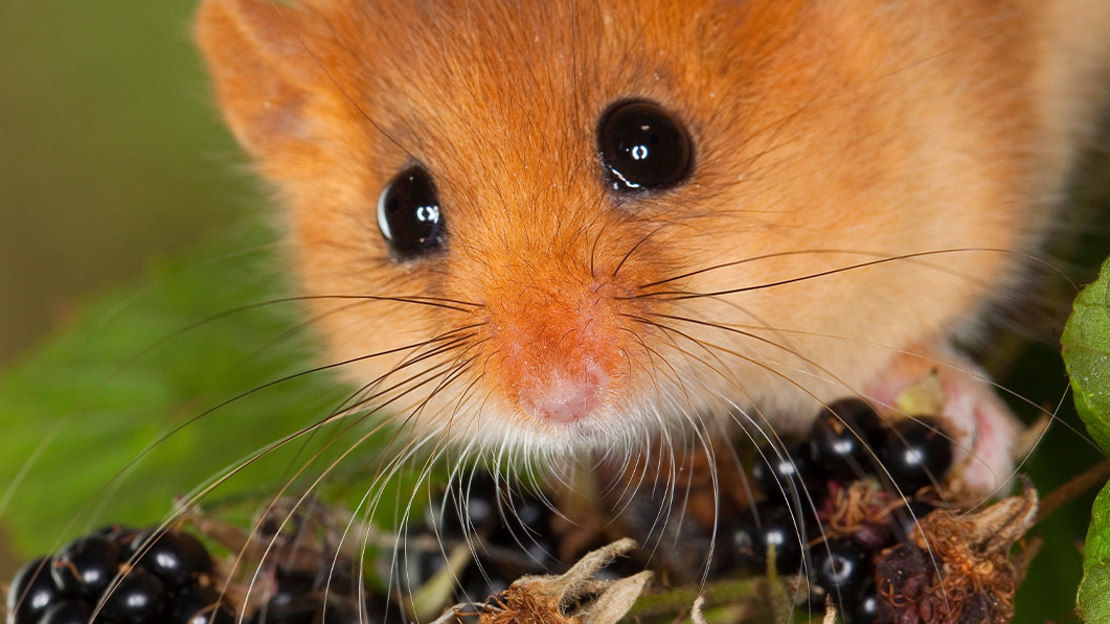Common name: Leisler's bat, lesser noctule bat
Scientific name: Nyctalus leisleri
Family: Vespertilionidae
Habitat: woodland, farmland
Diet: flies, moths, beetles
Predators: kestrels, long-eared owls
Origin: non-native
Tree-dwellers with a lion-like appearance, these fast-flying bats are scarce throughout Britain but common in Ireland.
Common name: Leisler's bat, lesser noctule bat
Scientific name: Nyctalus leisleri
Family: Vespertilionidae
Habitat: woodland, farmland
Diet: flies, moths, beetles
Predators: kestrels, long-eared owls
Origin: non-native
Leisler’s bats measure around 5-7cm in length and have long golden-brown hair, which is thicker over their shoulders, giving them a lion’s mane appearance. They have a brown face and rounded ears with a mushroom-shaped tragus.
Not to be confused with: noctule bats, which are slightly bigger and have shorter fur.

Credit: Eric Medard / naturepl.com
This species enjoys a diet of flies, caddisflies, moths and beetles. It emerges just before sunset to hunt, using its speedy flight to catch its prey with ease.
This species was previously called the ‘hairy-armed bat’ because of the thick fur on its forearm.
These bats can be found in woodland, farmland and parks with plenty of trees. They occur throughout most of Britain but are absent from large parts of Scotland. The species is much more common in Ireland than mainland Britain.
Leisler’s bats hibernate during the winter. They spend the cooler months in tree hollows, caves and tunnels and cavities in buildings.
These bats can be found in woodland, farmland and parks with plenty of trees. They occur throughout most of Britain but are absent from large parts of Scotland. The species is much more common in Ireland than mainland Britain.
Very occasionally its echolocation calls can be heard by the human ear.
Keep your eyes peeled for bats emerging to hunt at sunset. The mating call of the male is audible to humans.
These bats are widespread but scarce in Britain. They are one of the most common species in Ireland. Leisler’s bats often use trees for roosting, so may be threatened by a loss of woodland and mature trees.
Keep exploring

Woodland wildlife is fading before our eyes. Please support our appeal to save rare and threatened species.
Donate now